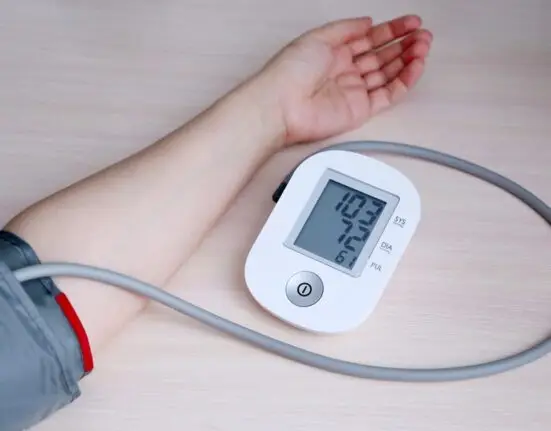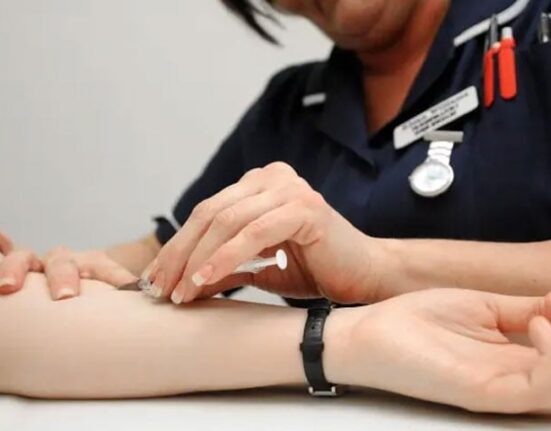Introduction
So here’s the deal. Chikungunya is one of those mosquito-borne viruses that kind of sneaks up like dengue. Same villain behind the scenes: the Aedes mosquito. You know, the tiny one that somehow always manages to buzz around in the daytime when you’re least expecting it.
The virus itself? Doctors call it CHIKV, and yep, it’s been around for a while. First popped up back in 1952 in Tanzania. Since then it’s been jumping continents, hitting Africa, Asia, and now showing up in outbreaks every few years.
How It Actually Spreads
It’s not rocket science. A mosquito bites an infected person → picks up the virus → bites someone else → boom, infection. And the annoying part is, these Aedes mosquitoes don’t wait for nighttime like regular ones. They bite during the day, especially mornings and afternoons.
Once inside, the virus doesn’t waste time. It multiplies in your skin, muscles, and joints. That’s why the most brutal symptom is the joint pain. People describe it as so bad you don’t even want to move.
Symptoms (The Ones You’ll Actually Notice)
Here’s the timeline. Usually, after the bite, symptoms show up within 2–3 days. Sometimes later, up to 12. But when it hits, it hits hard.
- Fever – sharp, sudden, can shoot up to 104°F. And it’s sneaky too: goes down, then comes back.
- Joint pain – the classic sign. Can last weeks, months, sometimes years. Imagine waking up and feeling like your knees are glued shut. Yeah, it’s like that.
- Skin rash – red or dark spots, shows up in almost half the cases.
- Other stuff – mouth ulcers, nausea, headache, crazy fatigue, red eyes.
In rare cases, the brain gets involved (like meningitis or paralysis), but that’s really not common. And unlike dengue, there’s no bleeding issue with chikungunya.
Who Gets Hit the Hardest
Kids, older folks, and anyone already dealing with a chronic illness (like diabetes or heart problems) usually have a rougher time. For them, recovery can feel like forever.
The good news? Death rates are super low about 1 in 1,000. So while it’s painful and exhausting, it’s not usually fatal.
Can It Pass Other Ways?
Yeah, actually. In outbreaks, humans become the main carriers. But outside of that, animals like monkeys and birds can hold onto the virus. There have even been cases where mothers passed it to their babies during pregnancy or childbirth. Rare, but possible.
Diagnosis
Doctors usually spot it by symptoms, but labs confirm it with blood tests. They either detect the virus itself or the antibodies fighting it. There’s also a test that isolates the virus but that takes up to two weeks, which feels like forever when you’re sick.
Treatment (Or More Like Coping)
Here’s the bummer: no vaccine, no magic pill. Treatment is just about easing the pain.
- Fever reducers (like paracetamol).
- Painkillers for those aching joints.
- Lots of fluids. More than you think.
Most people get better in about 1–2 weeks, but the joint pain? That’s the stubborn part. Could drag on for months. Sometimes years.
Prevention – The Real Lifesaver
Since there’s no vaccine, prevention is everything. Honestly, it’s all about avoiding mosquito bites and cutting off their breeding spots.
- Don’t let water collect in buckets, pots, or old tires. Even a bottle cap of water is enough for them to breed.
- Use repellents, sprays, or coils.
- Wear long sleeves and trousers when you can.
- Put up window screens. Simple but effective.
- And yeah, mosquito nets at night especially for kids.
Conclusion
So, is chikungunya deadly? Not usually. But it can make life miserable. Imagine fever, exhaustion, and joints that just refuse to move. That’s why prevention is the smartest move.
The funny thing is, fighting this disease isn’t really about hospitals or high-tech medicine. It’s about us. Communities keeping spaces clean, not letting water stagnate, using nets and repellents. Small habits, big impact.
And if you’ve ever had dengue or even just a bad viral fever you already know how much you’d rather avoid another one.





Leave feedback about this